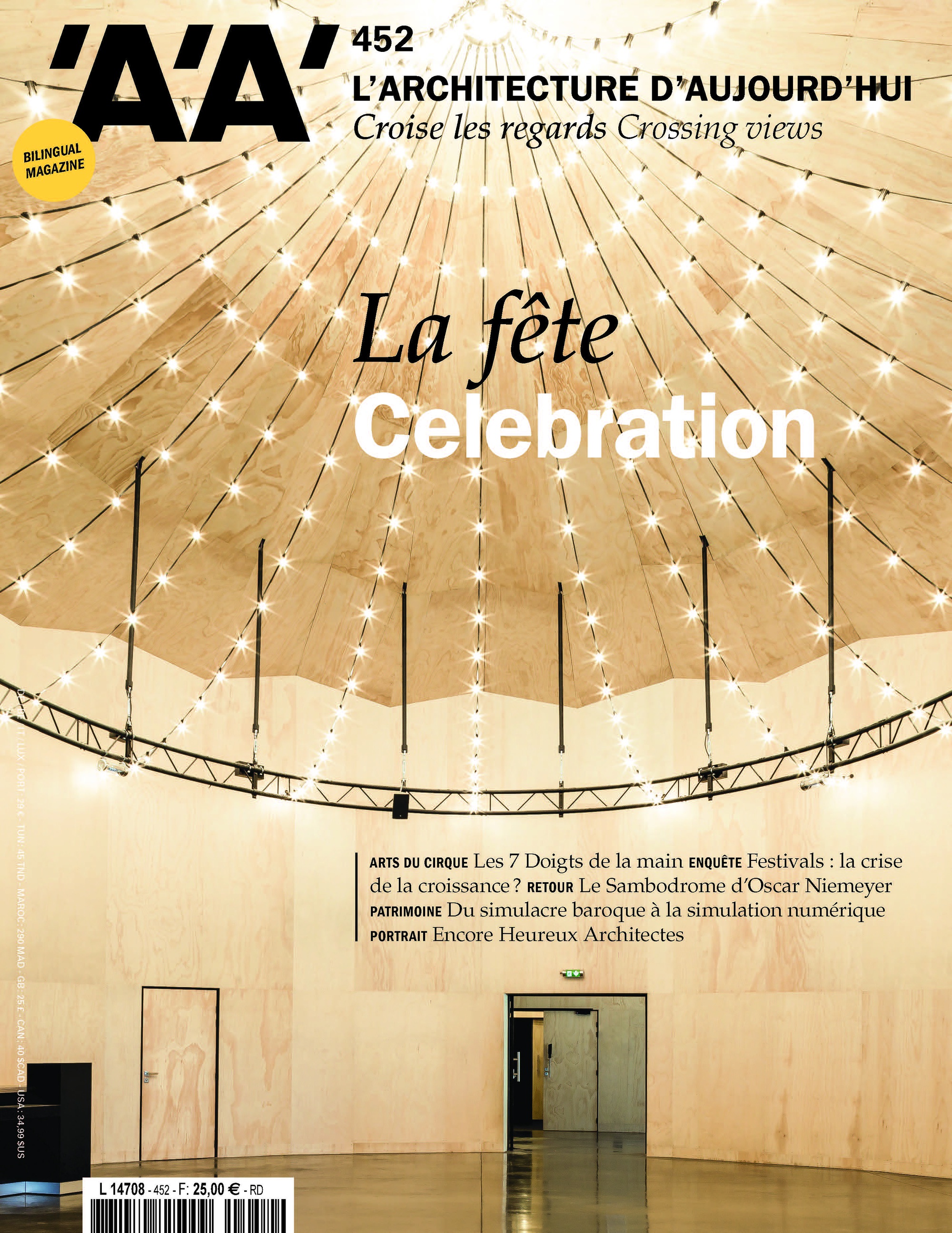Níall McLaughlin - L'Architecture d'Aujourd'hui
December 2022
Text Edwin Heathcote
Images Nick Kane
The first building of Níall McLaughlin’s that I encountered was tucked away in a Carmelite Monastery in the slightly surprising and very upmarket Kensington Church Street in London. It was 1992, a small intervention into a Victorian building which was almost unbearably rich in allusion, intelligence and thought. It was the kind of project, it seemed to me, into which a young architect pours their heart, every idea they have had, like a writer with a first novel.
The curious thing is that McLaughlin, who has won the 2022 Stirling Prize for his New Library Magdalene College in Cambridge, has maintained that same intelligence and intensity throughout the four decades since then.
At the Cambridge Library he invokes the neighboring Tudor buildings with their gables and attenuated chimneys but creates an interior of a kind of Scandinavian comfort, an embrace of warm timber, the grain of brick and the gentle fall of light. The same attention to detail and warmth is there in that other great University city, Oxford, at the Bishop Edward King Chapel
(2013), an elliptical brick building which recalls the Post-War work of Rudolf Schwarz with an interior that resembles a forest of structure revealing an illuminated clearing
at its centre. If you might expect all that meaningful accumulation of material and form in a chapel at a theological college, you might not in a fishing hut like the one he built in Hampshire in 2015. Yet the same intent and dedication is just as visible there, in the structure on stilts reaching out into the lake. And then back to Cambridge for his refurbishment and reimagining of an existing 1970s building at Jesus College where McLaughlin created an elevation of incredible articulation and urbanity.
McLaughlin first went to work at the studio of Scott Tallon Walker, the brilliant Irish modernists who laid the groundwork for a new Irish architecture in the 1960s and 70s. He launched his own office in London in 1990, with a kind of specialism in small ecclesiastical spaces. He might be accused of attempting to cram a little too much detail, a little too much thought into his buildings. At their most richly layered they can become almost queasy, a too-dense accumulation and accretion of form. But let that be the greatest criticism, that an architect is guilty of too much thought. McLaughlin has been an immensely sympathetic and
articulate advocate for a lyrical architecture in which meaning can be found. In his most recent work, notably the Auckland Castle Tower in Bishop Auckland, he reveals a slightly spikier side, a more elemental approach constructing a ghost of a siege machine around a pseudo-ecclesiastical core. It is a building at once delicate and brutal, an enigmatic object in the landscape, countering the mass of the castle with its skeletal presence. The recognition has
been a long time coming for an architecture with a grasp of material, light and space that remains rare. And as an architect who insists on seeing meaning in building, something beyond the quotidian and the image, he is a critical and cultured presence.
